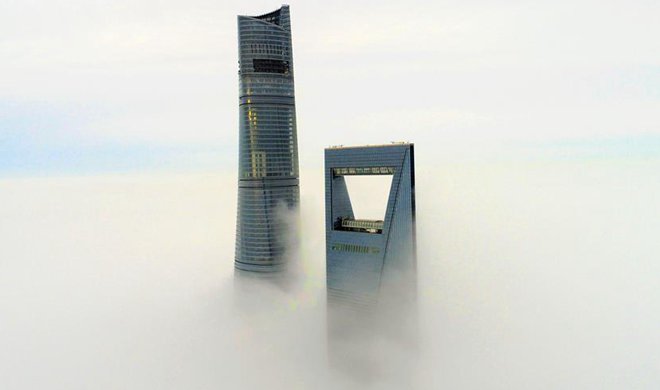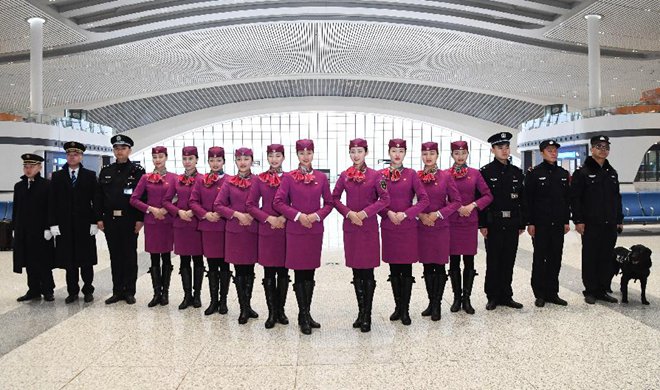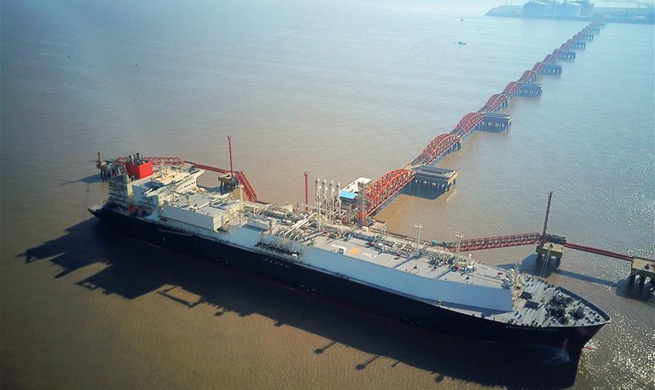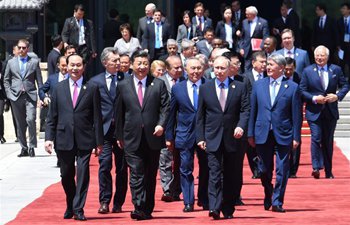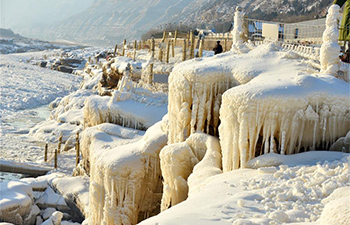XINING, Jan. 16 (Xinhua) -- The "toilet revolution" has spread across the country, but in the ecologically fragile Qinghai-Tibet Plateau, the revolution has been a little different.
In the Tibetan Autonomous Prefecture of Yushu in northwest China's Qinghai Province, the local government has invested 4.1 million yuan (637,000 U.S. dollars) to promote the toilet revolution since 2015.
So far, 25 new public toilets have been built up in scenic areas in Yushu. Each toilet has been decorated in the traditional Tibetan wooden house style.
Economy on the plateau is relatively weak, while the ecosystem is extremely fragile.
"Ecologically and environment-friendly are two main features of our public toilets," said Asha Yumhon, director of the tourism bureau of the prefecture.
He said that to reduce the impact on the environment to the lowest level, cement, steel and tiles were not allowed during construction. All wooden materials used to build the toilets were pollution-free and antiseptic.
"Yushu city will be an important tourist and commercial city in Khams Tibetan-spoken areas," said Asha Yumhon. "The toilets are undoubtedly vital infrastructure for the city."
The Khams Tibetan-spoken areas include Yushu in Qinghai, Sichuan's Garze and Aba, Qamdo in Tibet, Diqing in Yunnan and Gannan in Gansu.
The newly built toilets have been praised by local residents. The 1,300-year-old Princess Wencheng Temple is a popular destination in Yushu, not only for tourists, but also for religious locals.
"There was no toilet in the temple. The only sanitary facility was a prefabricated building. We have cleaner and more convenient public toilets now, besides a water and electricity supply system, a road and beautiful rooms here," said Karma Tamdru, a monk at the temple.
"Quite a lot of believers come to pray in the temple every year. Thanks to the government, infrastructure has been improved," said local resident Lonsum Rigzin.
Basic infrastructure in the prefecture has seen great improvement since devastating earthquakes struck the region in April 2010. Most residents only had dry toilets in their houses with no flushing water in the past.
"We built a flush toilet during the post-earthquake reconstruction and started to run a family inn. The small toilet brought big changes for my family," said Palting, a local herdsman.
According to statistics, Qinghai Province has invested 104 million yuan to build, rebuild and upgrade more than 1,000 toilets at tourist attractions since 2015. The whole province has spent 38 million yuan on building, rebuilding and upgrading 377 public toilets last year.
The province said it would further promote the toilet revolution in the coming years, lay down more scientific rules to deal with sanitary problems and improve the quality of tourism in the province.
In neighboring Tibet Autonomous Region, high technologies including a waterless toilet system, foam-flushing and micro-biological degradation, have been tested or applied in the toilets.
"The toilet revolution in Tibetan regions reflect a shift in perspective due to the urbanization of those areas. The revolution is a crucial part of building a moderately prosperous society, as well as the country's rural revitalization strategy in Tibetan regions," said Losang Khedrup, a professor at Minzu University.










